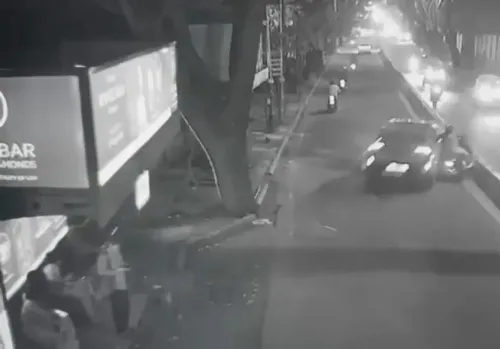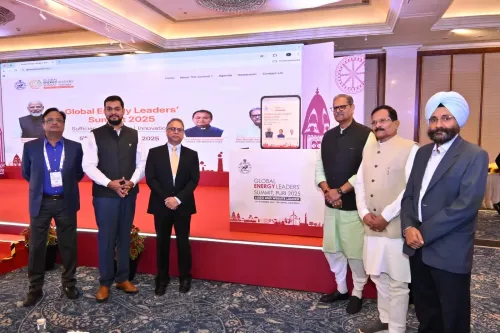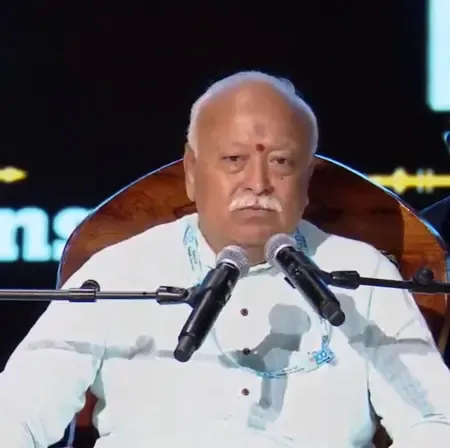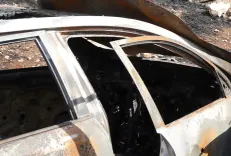Is Rising Pollution in Delhi Driving Advocates to Virtual Court Appearances?

Synopsis
Key Takeaways
- Judicial Concern: The Supreme Court is increasingly alarmed by Delhi's air quality.
- Virtual Hearings: Advocates are urged to leverage technology for safety.
- Health Risks: Toxic air poses a threat of permanent damage.
- Government Accountability: States must take decisive action against pollution.
- Public Awareness: Ongoing discussions highlight the need for broader awareness on environmental issues.
New Delhi, Nov 13 (NationPress) Supreme Court judge Justice P.S. Narasimha on Thursday urged advocates to refrain from physical appearances during apex court proceedings and instead utilize virtual hearings, cautioning that Delhi’s hazardous air could lead to “permanent damage.”
The remarks were made by the Bench, which included Justice Atul S. Chandurkar, as numerous lawyers attended in person despite the national capital experiencing “severe” pollution levels for several consecutive days.
“The situation is very serious! Why are you all here?” Justice Narasimha questioned. “We have the option for virtual hearings. Please take advantage of it. This pollution can cause permanent damage,” he emphasized.
When senior advocate Kapil Sibal noted that many lawyers were wearing masks for safety, Justice Narasimha responded: “Even masks are not sufficient. It will not be enough,” adding that he would raise the matter with the Chief Justice of India (CJI) to consider additional measures.
Justice Narasimha’s comments reflect the judiciary's increasing concern regarding the health implications of Delhi’s polluted air—an issue the apex court has been monitoring through a distinct Bench led by CJI BR Gavai.
Earlier this week, the CJI Gavai-led Bench instructed the governments of Punjab and Haryana to submit detailed affidavits outlining actions taken to prevent stubble burning.
It also acknowledged that while GRAP-III is currently active, the existing pollution levels necessitate the enforcement of GRAP-IV—the most stringent set of anti-pollution regulations.
Senior advocates involved in this matter, including Gopal Sankaranarayanan and Aparajita Singh (amicus curiae), cautioned the court that conditions had become “very dangerous,” with AQI levels exceeding 450 in various regions.
Despite repeated judicial orders, the Supreme Court has expressed frustration with the states’ failure to control the seasonal surge in pollution.









